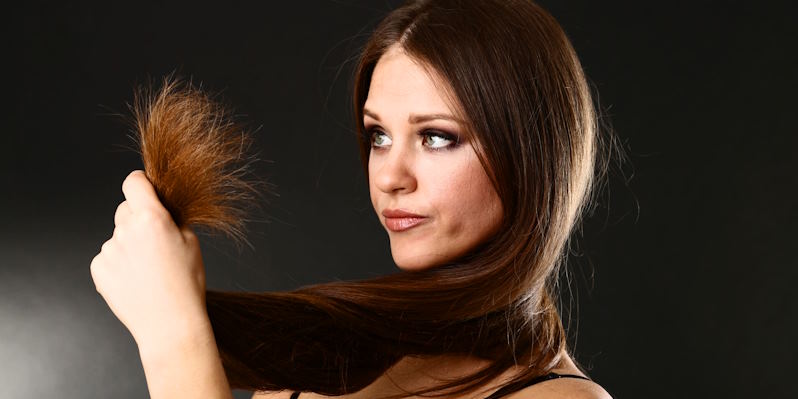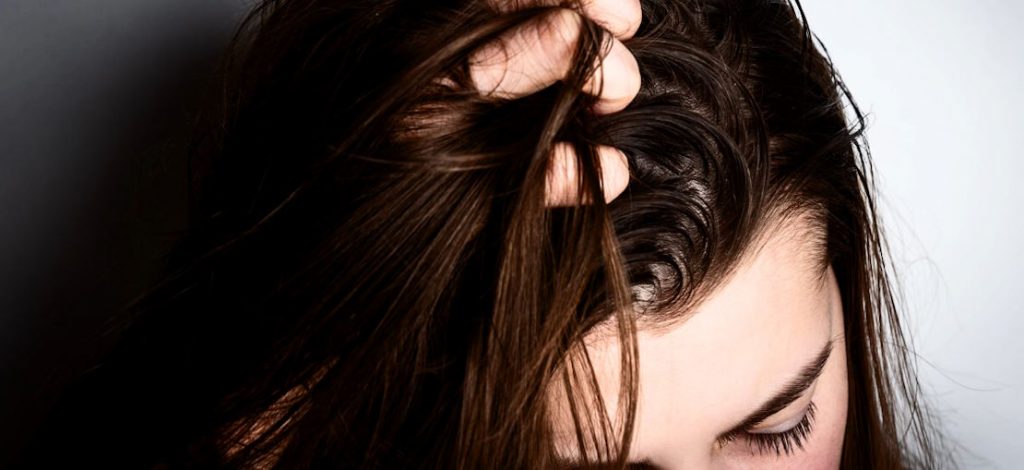The juxtaposition of these two features is a common and often perplexing challenge faced by many. While the scalp diligently produces natural oils to nourish our roots, the story takes a different turn as we go down the strands, often culminating in dry, brittle ends.
How to deal with this dilemma?
Understanding Your Hair Type
Embarking on the journey of managing oily roots and dry ends starts with gaining insight into your distinctive hair type. Whether your hair leans towards being normal, oily, dry, or a combination thereof, acknowledging its specific features is the foundation for crafting a care routine that is tailored, purposeful, and ultimately effective.
Gentle Shampooing Techniques
Selecting the right shampoo is crucial. Opt for sulfate-free formulas to avoid stripping your hair of its natural oils. Adjust your washing frequency to prevent overstimulating oil production, and when shampooing, focus on the scalp. Gently massage, letting the suds naturally cleanse the lengths as you rinse.

Condition Appropriately
Customize your conditioning regimen to address the particular requirements of your hair. Opt for a conditioner enriched with hydrating properties to nourish dry ends, while selecting a lightweight formula that suits the roots. This approach ensures that each section of your hair receives the targeted care it deserves, promoting overall balance and health. Concentrate on the mid-lengths and ends when applying conditioner, steering clear of the scalp.
Heat Styling Practice
Minimize heat damage by styling your hair at lower temperatures. Prioritize using a heat protectant spray before styling to shield your hair from excessive heat, preserving its health and minimizing the risk of dryness.
Hairstyles for Contrast Management
Select hairstyles complementing and managing the visual contrast between oily roots and dry ends. Braids, buns, or loose styles can enhance your appearance and provide a practical solution to harmonize the different needs of your hair.
Regular Trims
Schedule regular trims to remove dry, split ends and maintain your hair’s overall health and appearance. This practice not only supports healthy growth but also prevents potential issues from worsening.
Professional Advice
Seek guidance from a hairstylist or dermatologist to receive personalized recommendations for your hair care routine. Professional treatments and products can target specific concerns, ensuring you receive the most effective care for your unique hair type.

